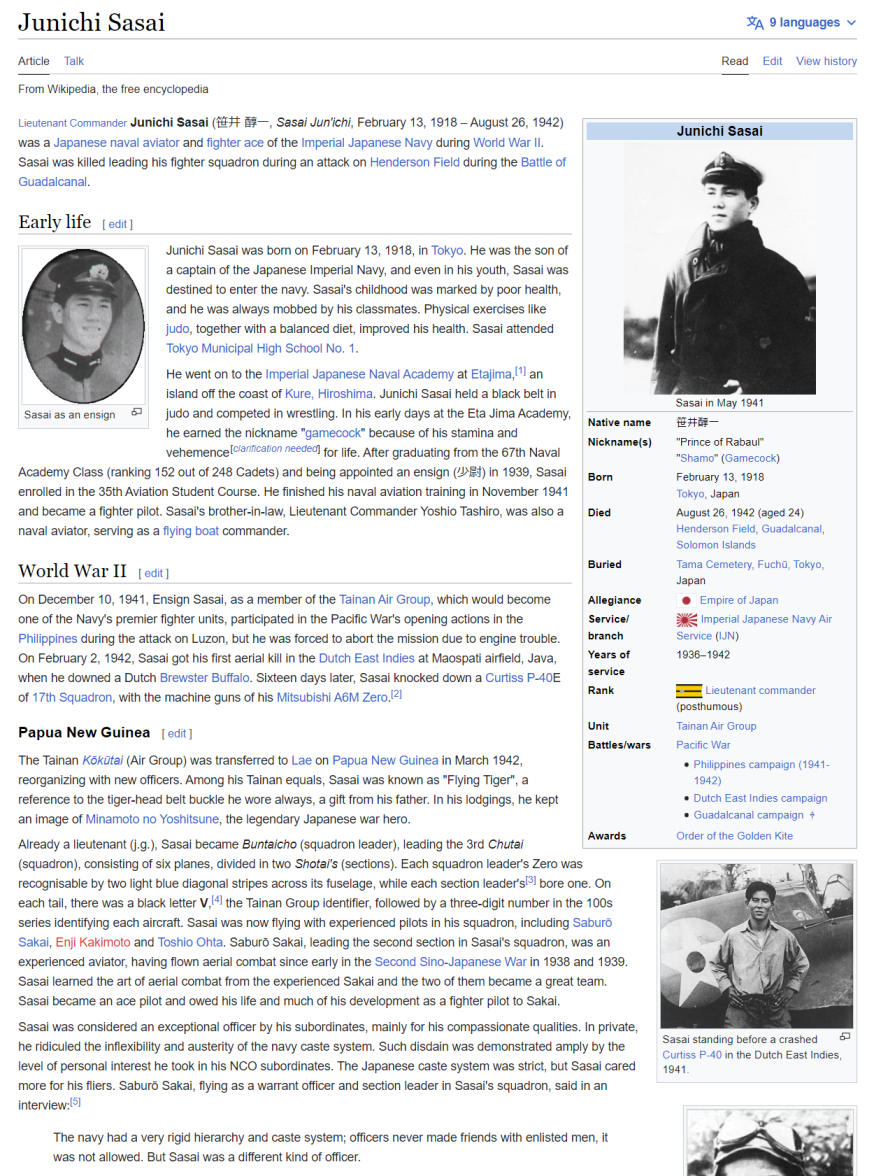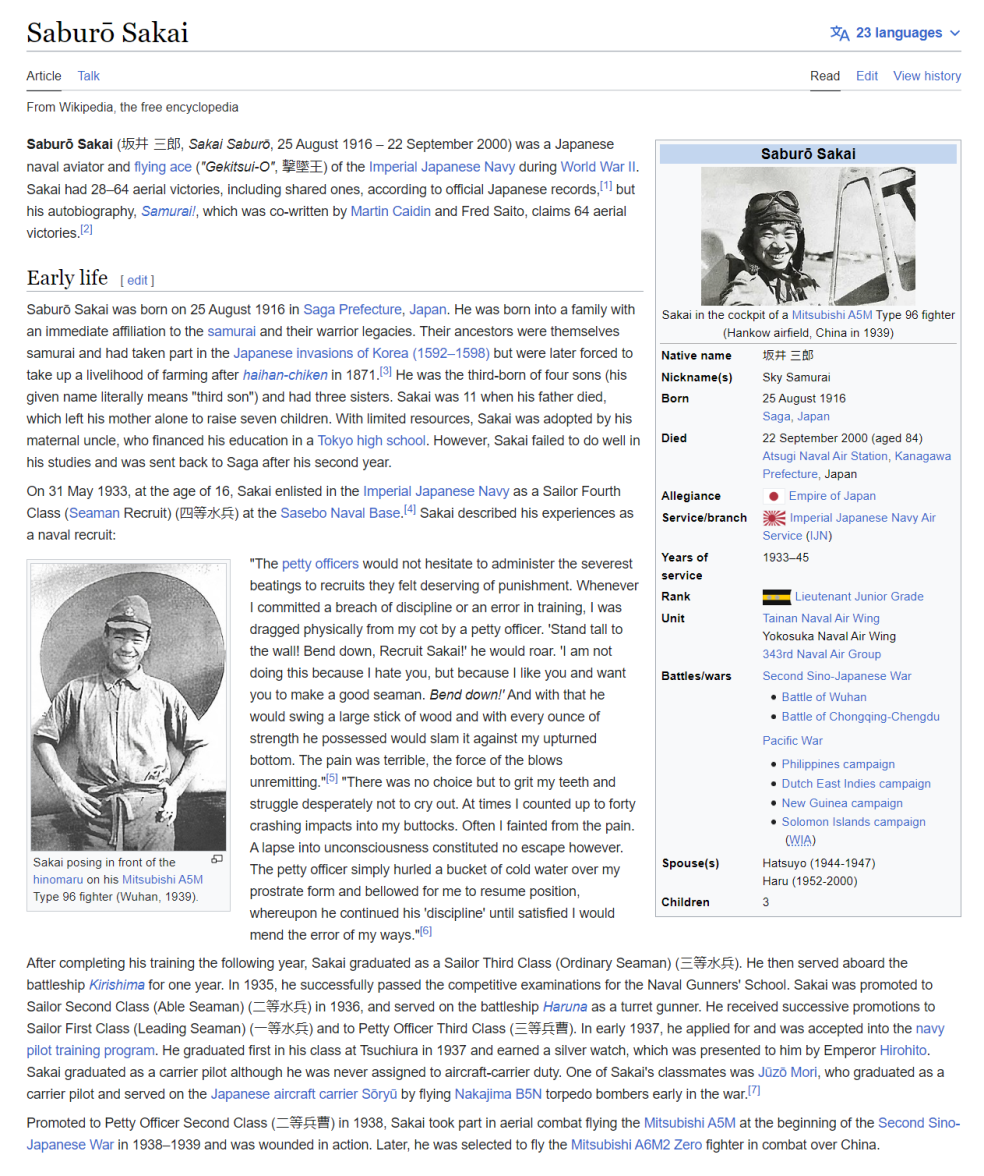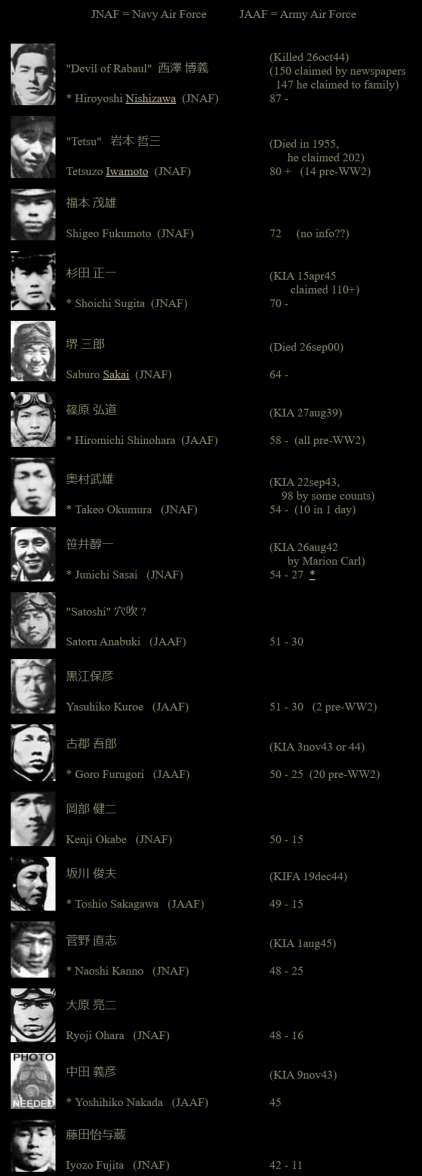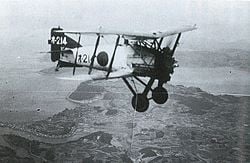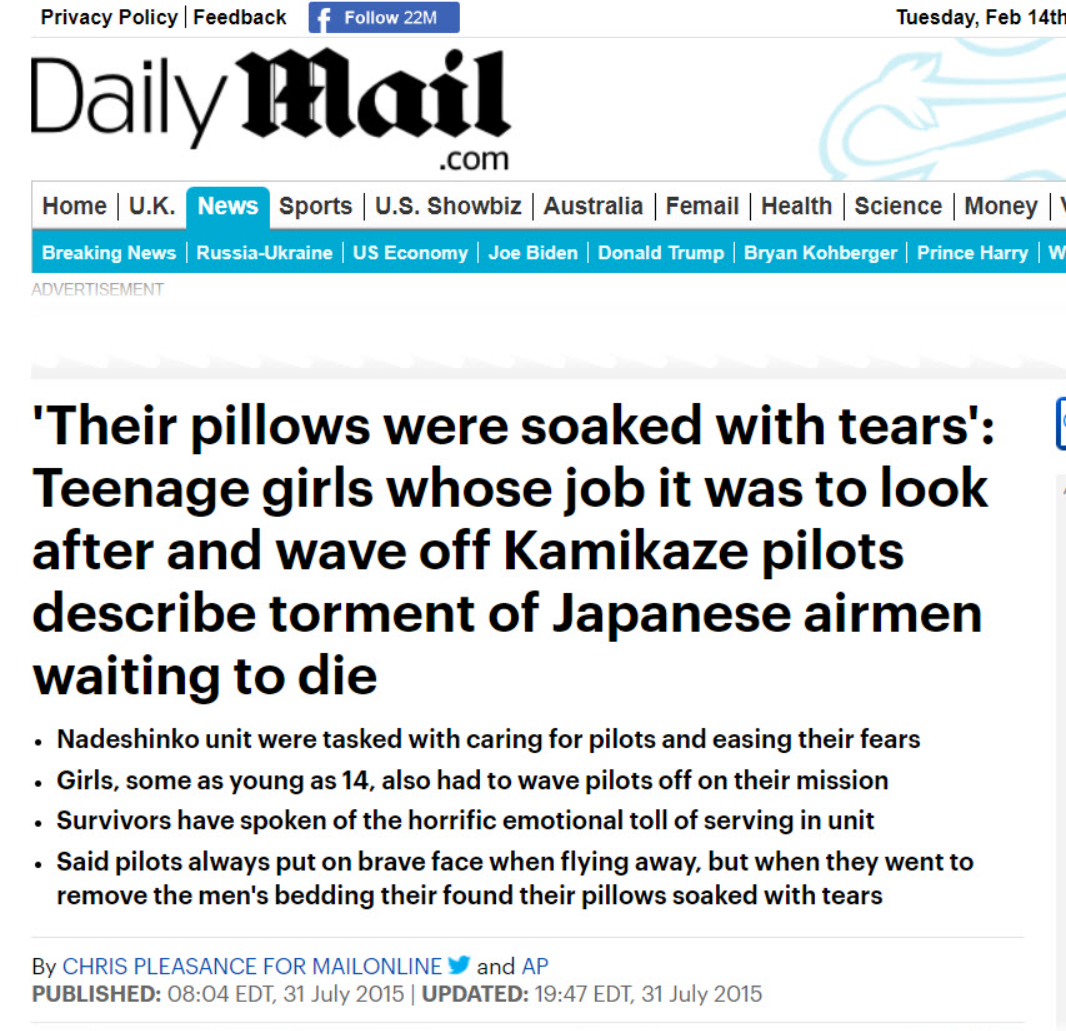Anyone have a historical watch?
Lépine
·

This ad was apparently available in 1919, which surprised me a bit as I would have thought that Europe would still be in a period of recovery from the Great War. But as the ad implies, there was a need for a watch to support the Great Races that must have been occurring at the time.
The 1919 Grand Prix season was the first season following the armistice that ended World War I in November 1918. European economies were struggling, and many automotive firms had to recover and retool from military production. So, there was very little racing activity as it took time for the companies and populations to recover. As the world rebuilt there were only two major races held in the year - the Indianapolis 500 and the Targa Florio.
Major Races[edit]
Sources:[1][2][3][4][5]
Date Name Circuit Race
Regulations Race
Distance Winner's
Time Winning driver Winning
31 May
 VII Indianapolis 500 Indianapolis AAA 500 miles 5h 41m
VII Indianapolis 500 Indianapolis AAA 500 miles 5h 41m  Howdy Wilcox Peugeot EX-5
Howdy Wilcox Peugeot EX-523 Nov
 X Targa Florio Medio Madonie Targa Florio 430 km 7h 51m
X Targa Florio Medio Madonie Targa Florio 430 km 7h 51m  André Boillot Peugeot L-25
André Boillot Peugeot L-25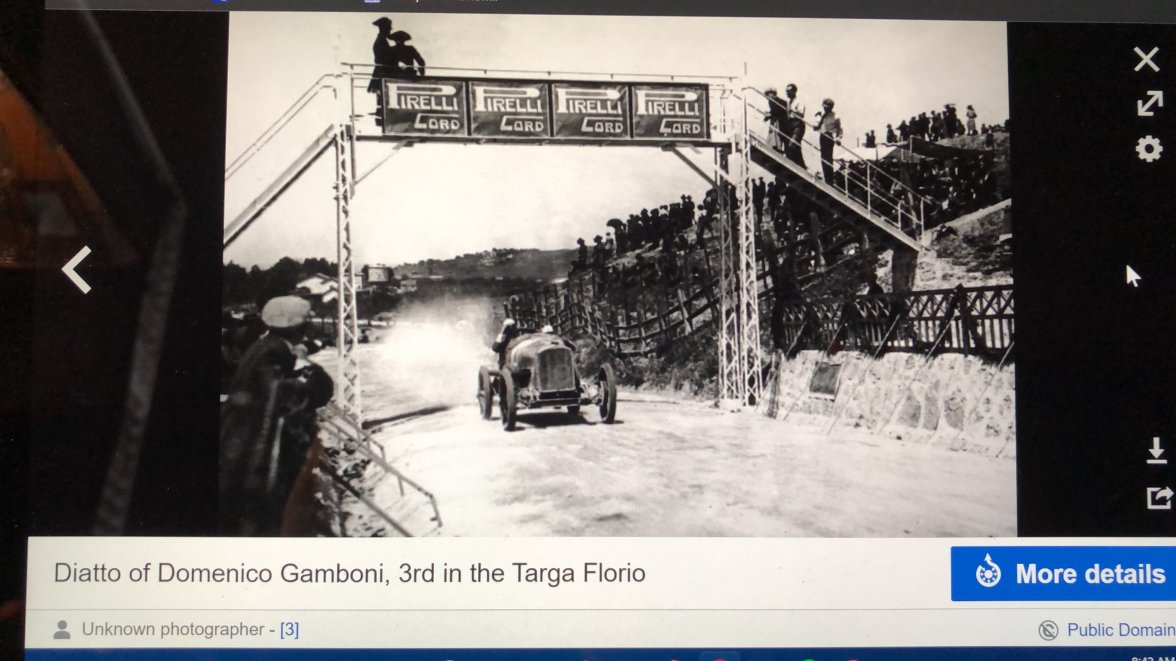







Edited:
Lépine
·This watch has an 80 year old secret.
Edited:
Lépine
·JimInOz
··Melbourne AustraliaSomething was there in 1942, but now it isn't, but there are traces?
If it's a secret, somebody knows the answer.
If it's a mystery, nobody knows the answer.
🍿
If it's a secret, somebody knows the answer.
If it's a mystery, nobody knows the answer.
🍿
Lépine
·Lépine
·Lépine
·Lépine
·Lépine
·You must have figured out what is the next watch arriving soon as well as another watch that I have had since 2017 that I was not aware it had a secret.
These are rare and highly prized. It took a crowbar to separate one of these from a great private museum owner in Thailand. Great academic and generous too.
These are rare and highly prized. It took a crowbar to separate one of these from a great private museum owner in Thailand. Great academic and generous too.
Edited:
JimInOz
··Melbourne AustraliaThe imperfections on the inside of the casebacks indicate that the outside of the caseback is stamped with special characters.
I'm thinking some of those models supplied via Wittnauer?
I'm thinking some of those models supplied via Wittnauer?
Lépine
·The imperfections on the inside of the casebacks indicate that the outside of the caseback is stamped with special characters.
I'm thinking some of those models supplied via Wittnauer?
You're thinking is correct. Almost all Imperial Japanese Navy watches I am aware of were tested and accepted by the Tokyo Naval Base (armory?). Here they were individually stamped with the purpose and issue numbers. It is possible to seem the vague impression on the inside left from the pounding in the kanji. That is what we see in the examples below.
The outside looks like this for 471
These watches were only assigned to "Sky Soldiers"
Many of the pilots died in there early 20's. These ACEs were double and triple ACEs with some of the highest confirmed kills documented in WW2.
The Mitsubishi A6M "Zero" was peerless in 1940, faster, lighter, far more maneuverable, and longer range than any aircraft in existence. Average kill ratio of these pilots was 12 to 1.
The below movie is a true story. It points out that the pilots were not crazy radicalized zealots. They were very much human and afraid to die. The Zero was the best fighter in early ww2, but it was also a death trap. No armor or fire protection. Pilots often burned to death.


Edited:
Lépine
·This is the typical "Kamikaze" Pilots watch. They were the Seikosha Type 93 and Type 100 instrument clocks.
They were worn around the neck with a white raw silk cord.

Sometimes, there are images of Kamikaze pilots with a what appears to be a silvery round cased black dial watch also worn with silk cord.




Prior to the Kamikaze, you can see Japanese pilots wore wristwatches.
Tensoku is probably the most famous Seikosha of WW2.
Yukio Seki wore one.

I think it is pretty obvious that Japan has a longer history of fighter pilot aviation prior to Pearl Harbor.
Kamikaze was the last phases of the war.
The ceremony before the mission flight was based in the Shinto religion.
Sake (rice wine) is often used in Shinto religion from everything from
birth, marriage, New Years purification, and death. This tradition is centuries old.
Japanese when preparing for "ikusa", which is battle from Feudal Japan era, would
wear a "hatchimaki", which is the headband. In high school for the "jukenn sensou"
college application war, students in my generation wore hatchimaki also but obviously
without the words Samurai or Kamikaze written on them like tourists headbands.
If you ever wondered why a pilot needs a pistol when he can't possibly use it against another pilot...it's to shoot himself in a burning plane.
The "ken" or samurai sword, is the last item that identifies the samurai soldier.
Samurai would never part with his sword all the way through the Meiji era and was
often a big issue prior to the world wars. During WW2, the samurai sword was a symbol
of the kamikaze pilot and his duty to protect his country and people. It sometimes is different from the officers swords that could look more European.
So getting back onto the main topic. This watch is the one with a secret.
This is what it looks like today and in 2017.
Until curiosity got to me from an article written by Andrew Tolley, I was not aware that it had kanji issue number traces on the inside of the watch. I am not sure what is the first number, it could be a 9 or 6. The next two numbers are definitely a 4 and 6. The other important identification is the Longines order number 20853 was one of the orders for the Imperial Japanese Navy Weems.



They were worn around the neck with a white raw silk cord.

Sometimes, there are images of Kamikaze pilots with a what appears to be a silvery round cased black dial watch also worn with silk cord.




Prior to the Kamikaze, you can see Japanese pilots wore wristwatches.
Tensoku is probably the most famous Seikosha of WW2.
Yukio Seki wore one.

I think it is pretty obvious that Japan has a longer history of fighter pilot aviation prior to Pearl Harbor.
Kamikaze was the last phases of the war.
The ceremony before the mission flight was based in the Shinto religion.
Sake (rice wine) is often used in Shinto religion from everything from
birth, marriage, New Years purification, and death. This tradition is centuries old.
Japanese when preparing for "ikusa", which is battle from Feudal Japan era, would
wear a "hatchimaki", which is the headband. In high school for the "jukenn sensou"
college application war, students in my generation wore hatchimaki also but obviously
without the words Samurai or Kamikaze written on them like tourists headbands.
If you ever wondered why a pilot needs a pistol when he can't possibly use it against another pilot...it's to shoot himself in a burning plane.
The "ken" or samurai sword, is the last item that identifies the samurai soldier.
Samurai would never part with his sword all the way through the Meiji era and was
often a big issue prior to the world wars. During WW2, the samurai sword was a symbol
of the kamikaze pilot and his duty to protect his country and people. It sometimes is different from the officers swords that could look more European.
So getting back onto the main topic. This watch is the one with a secret.
This is what it looks like today and in 2017.
Until curiosity got to me from an article written by Andrew Tolley, I was not aware that it had kanji issue number traces on the inside of the watch. I am not sure what is the first number, it could be a 9 or 6. The next two numbers are definitely a 4 and 6. The other important identification is the Longines order number 20853 was one of the orders for the Imperial Japanese Navy Weems.



Edited:
Lépine
·These are some of the most amazing photographs of Yasukuni Shrine (it's not a temple).
This is Charles Lindbergh and Ana Morrow the pioneers
This is the French Military
This is the United State Navy.
Maybe this person does not belong in Yasukuni Shrine. The Empiror was a fool and Tojo was Japan's equal to Hitler.
================================================
During the final days, last words of many new pilots was "Let's meet in Yasukuni Jinjya" and then they were locked into their Zeros with no parachutes and not even a gun with a single bullet. They were 19 to 24 on average with two weeks of training on a wooden plane mockup.
This is 81-161 a Sky Soldier on permanent display.
This is Charles Lindbergh and Ana Morrow the pioneers
This is the French Military
This is the United State Navy.
Maybe this person does not belong in Yasukuni Shrine. The Empiror was a fool and Tojo was Japan's equal to Hitler.
================================================
During the final days, last words of many new pilots was "Let's meet in Yasukuni Jinjya" and then they were locked into their Zeros with no parachutes and not even a gun with a single bullet. They were 19 to 24 on average with two weeks of training on a wooden plane mockup.
This is 81-161 a Sky Soldier on permanent display.
Edited:
Lépine
·So why would there be so many kamikaze pilots willing to be a guidance system for a flying bomb?
Well, I had heard many stories of my mother's home and nearby houses how they were destroyed.
My grandfather actually picked up a firebomb that was by a miracle undetonated and he ran outside
the house with it after it came through the roof of my grandparents kitchen. The US Army understanding
that the houses of Japan were built with nothing but paper and wood understood that the most destructive
power (before the atom bomb) was fire in Japan. Japanese civilians were unaware of global politics and
very much afraid of the US forces. Given that you wanted to protect your little brother and sister, they said
good bye to their mothers as they got their assignment letters.
Well, I had heard many stories of my mother's home and nearby houses how they were destroyed.
My grandfather actually picked up a firebomb that was by a miracle undetonated and he ran outside
the house with it after it came through the roof of my grandparents kitchen. The US Army understanding
that the houses of Japan were built with nothing but paper and wood understood that the most destructive
power (before the atom bomb) was fire in Japan. Japanese civilians were unaware of global politics and
very much afraid of the US forces. Given that you wanted to protect your little brother and sister, they said
good bye to their mothers as they got their assignment letters.
Edited:
noelekal
··Home For Wayward WatchesAmazing detail you've peovided for us.
Many thanks!
Many thanks!
Lépine
·I found this article gives a good perspective of what it must have felt like for a 19 year old to be selected for kamikaze mission. It's too long to screen capture so you will have to follow the link. You can also click on the image and it will open a new tab that you can click again on to magnify it to readable size.
https://www.dailymail.co.uk/news/ar...ma-Japanese-airmen-suffered-70-years-ago.html
17 YEARS OLD Yukio Araki was one of the youngest known Kamikaze volunteer (IJA).
Died next day.

15 year old Yasuo Kuwahara is the youngest Kamikaze pilot I have found.
He survived military hazing, and brain washing to become a Kamikaze pilot at 16. He survived the war.
https://www.kamikazeimages.net/american/mensadventuremags/kuwahara/index.htm
Another 17 year old survivor.
https://www.asahi.com/ajw/articles/13669361
Edited:



